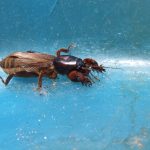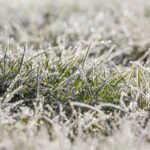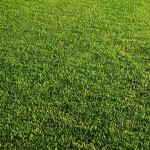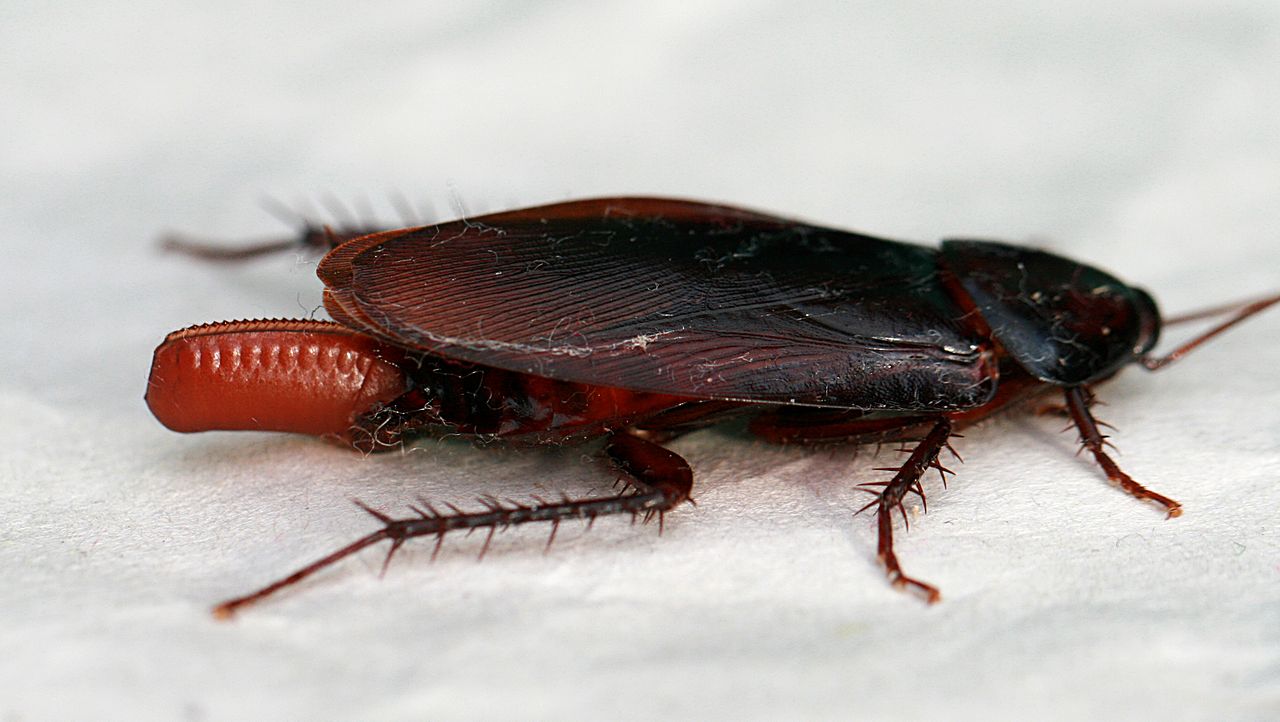
Tampa comes in first in a competition no city wants to win — the metro area with the most cockroaches. More than a third of the homes (37.6%) in Tampa Bay and St. Petersburg have cockroaches. The American Housing Survey says that’s more than Miami and Houston! Even worse? We’ve got several kinds of cockroaches. So before you set out the roach bait and stock up on bug killer — let’s work on identifying the different types of cockroaches in Tampa.
American Cockroach
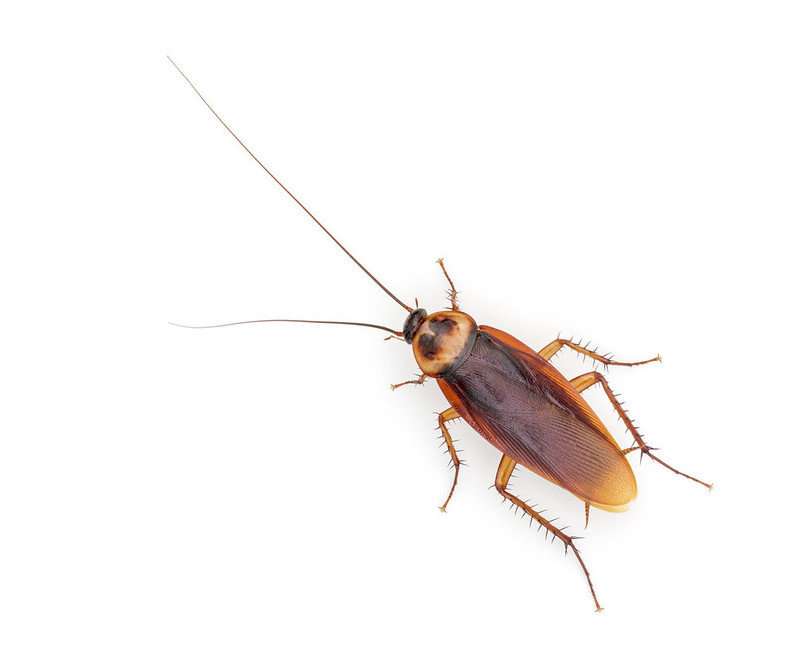

A roach by any other name is still as gross. Some people call them palmetto bugs. “Palmetto bug is just a nice way of saying ‘cockroach.’ It’s a term the chamber of commerce uses to get people to move to Florida,” says entomologist Dr. Phil Koehler.
As an extension agent with the University of Florida, he’s seen his share of roaches — er — palmetto bugs. The one with the biggest creep factor? The American cockroach. It’s the big reddish-brown giant you hear clunking out of your air vents and across your floors.
People also call it the flying waterbug or Bombay canary. It’s about 1.5 inches long, with antennae that are as long as their bodies.
Florida Woods Cockroach
This insect can enter your home from its home outdoors. It’s a little bit smaller than the American cockroach, measuring about one and a quarter inches. “It doesn’t lay eggs inside the house, and when it does make it indoors, it won’t last long,” says Dr. Koehler. “The biggest concern is the foul odor it sprays on predators. Floridians often call it the ‘Florida stink bug’ because of the odor.” It usually hovers under woodpiles or mulched areas outside. When it does get inside, you’re more likely to find a Florida woods cockroach carcass, belly up on the floor. Seeing one of these in your kitchen doesn’t mean it’s time to call the exterminator.
Smokybrown Cockroach
The smokybrown cockroach (pictured above, laying an egg sack) is one of the goliaths of this disgusting fraternity, measuring about 1.75 to 2 inches long in adulthood. This big boy is often confused with its American cockroach cousin. (Because really, who’s asking for ID before freaking out?) The good news? The smokybrown also likes to stay outside, in the tree stumps and mulch of your yard and prefers very humid, protected places. If you do find them inside, it’s time to call an exterminator because these pests carry and spread diseases.
Australian Cockroach
The Australian cockroach is most commonly found outdoors in Florida and other Southeastern states. It looks a lot like the American cockroach, and like its relatives, they can be a problem inside your home, because they spread filth and disease. According to the World Health Organization, they “spread filth and ruin food, fabrics, and book-bindings. They disgorge portions of their partially digested food at intervals and drop feces. They also discharge a nauseous secretion both from their mouths and from glands opening on the body which give a long-lasting, offensive cockroach smell to areas or food visited by them.” Despite its name, the Australian cockroach is African in origin, though it has spread to tropical areas worldwide. It’s the same size as the American cockroach but has yellow stripes on its forewings.
German Cockroach
The German cockroach is a third of the size of its bigger cousin — just 5/8ths of an inch on average. But Dr. Koehler says they are the most prevalent and the most troublesome. “It’s more than just the ‘creep’ factor. These guys multiply quickly and are worse than their smaller relatives. The German roach is the one you find in most multifamily housing units.” It carries disease, and triggers allergies and asthma, and has bitten people, or crawled in ears and set up camp.
Asian Cockroach
The Asian cockroach is often confused with its German counterpart. The only way to tell them apart is by chemical analysis by gas chromatography or noting that the wings of the Asian cockroach are longer and narrower. This species is not the problem child of the cockroach family — it’s far less likely to infest the indoors than the German cockroach. It’s still a difficult pest to control because the Asian cockroach is highly mobile and can adapt to any environment where it finds itself.
Florida is home to 38 different species of cockroaches, but this list covers the most-common ones found in Tampa. Regardless of species, cockroaches are drawn inside by the same things — water, food, and sometimes, shelter from the elements. They can also come in by hiding in boxes or bags you bring in from the store, work or school. And they love cardboard! Those empty boxes are great breeding grounds for them. So get rid of any old boxes stacking up in your garage.
Want to get rid of them permanently? Dr. Koehler has two words: “Gel bait.” You can buy this product over the counter and inject it into the corners and cracks of your home to kill the roaches. “It’s better than the sprays,” Koehler says. “You won’t have to wash all your dishes to get rid of the pesticide after using it. It’s a much healthier option for you … but not for the roach.”
Dr. Phil Koehler is an entomologist with the University of Florida at Gainsville who spends 55% of his time answering questions about pests, 35% of his time researching solutions and 10% of his day teaching.
Main image credit: Smokybrown cockroach, Toby Hudson, CC by SA 3.0.



